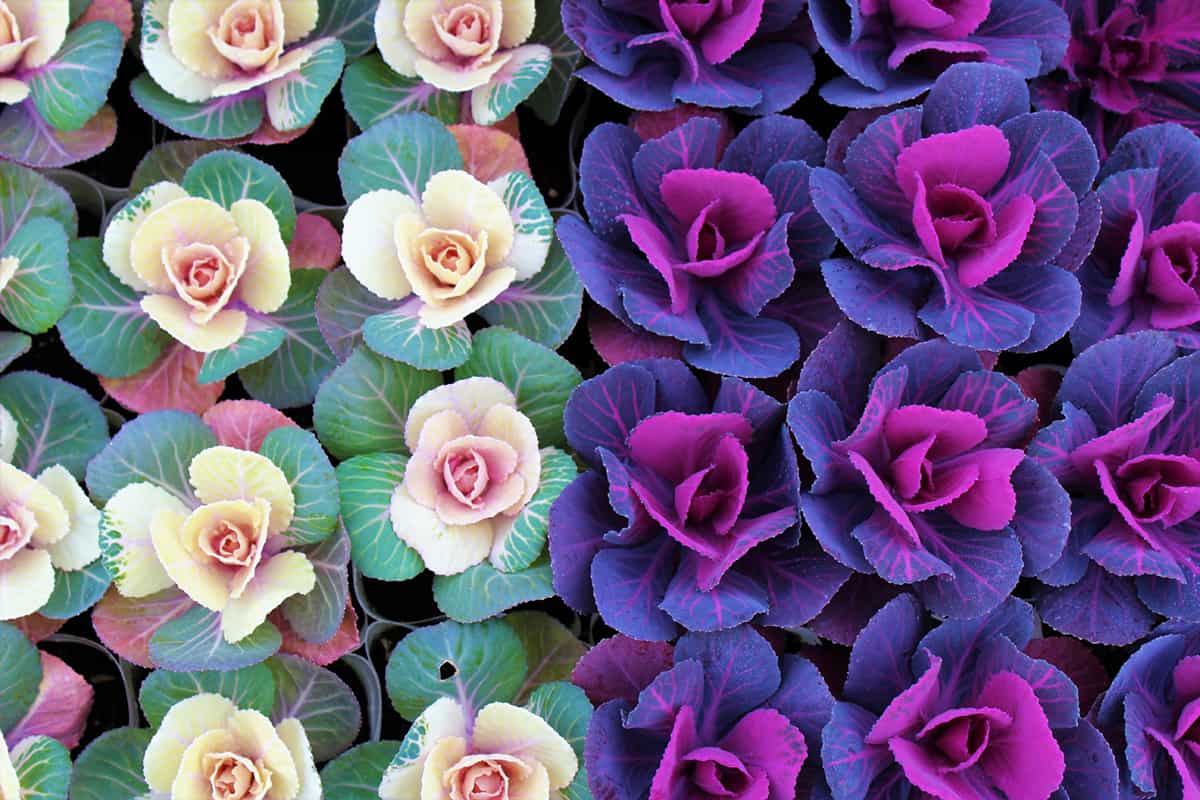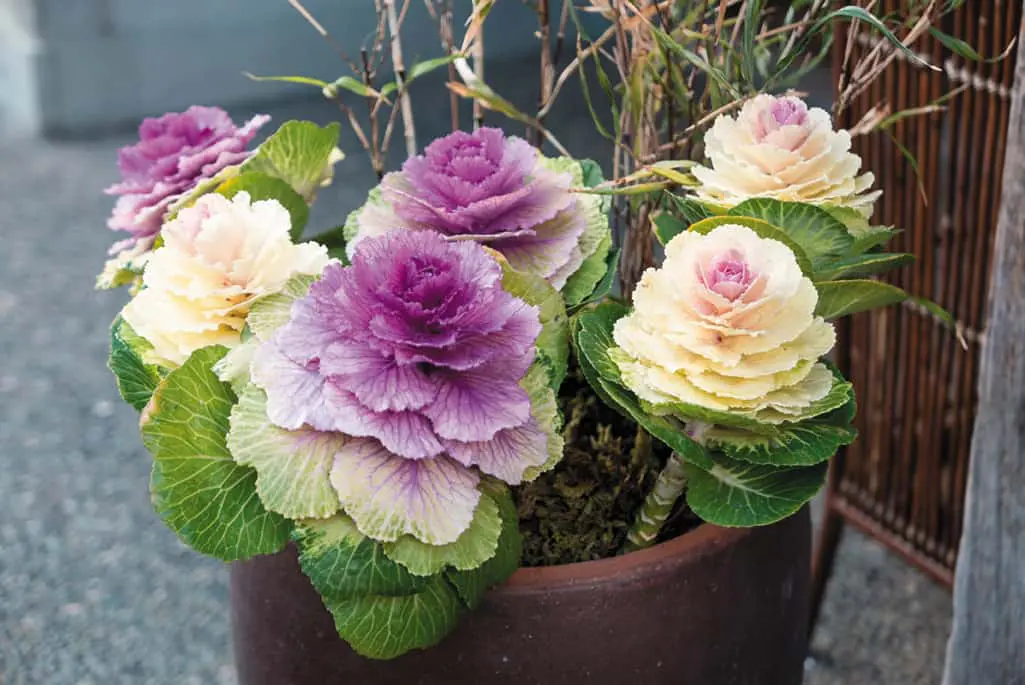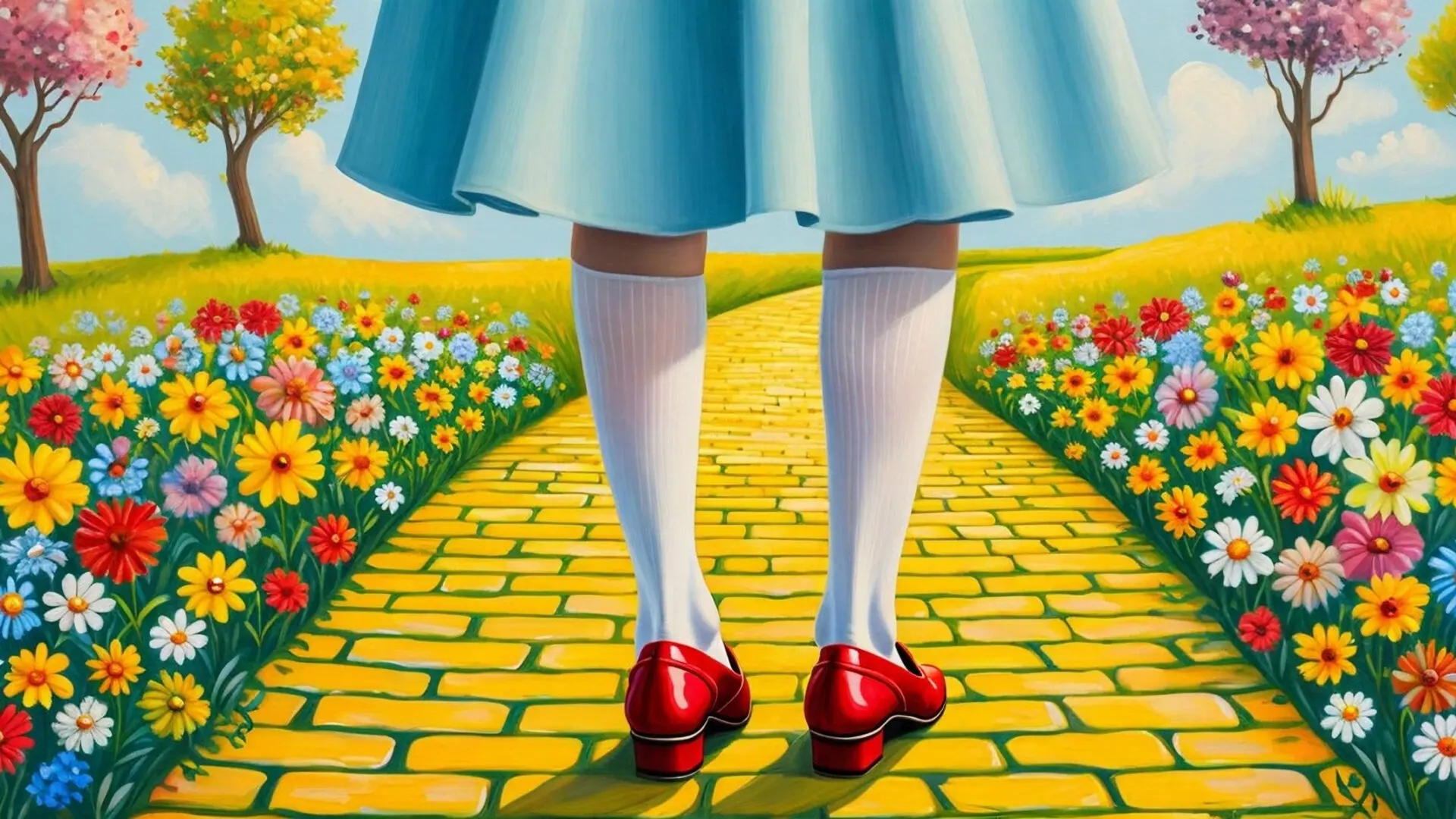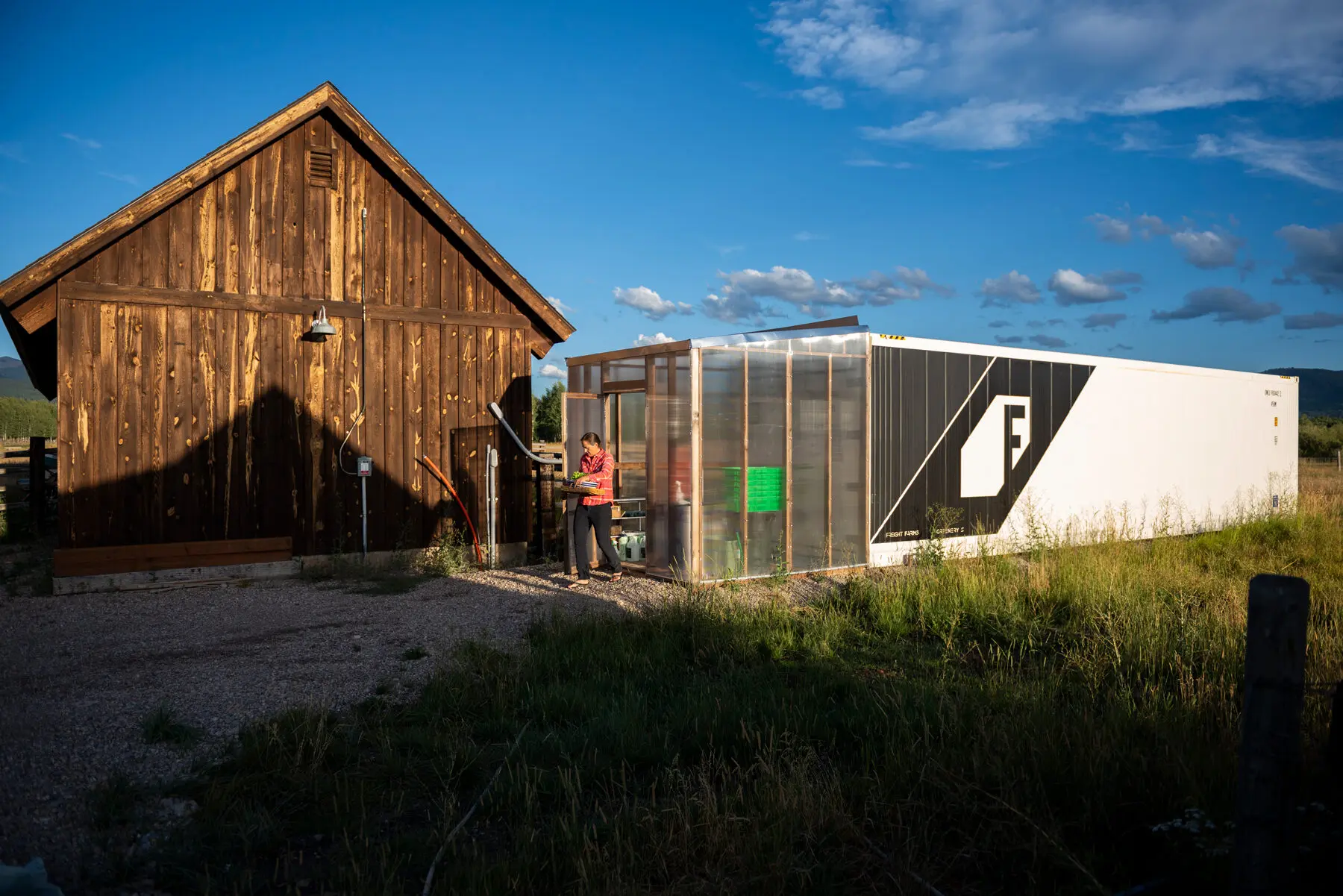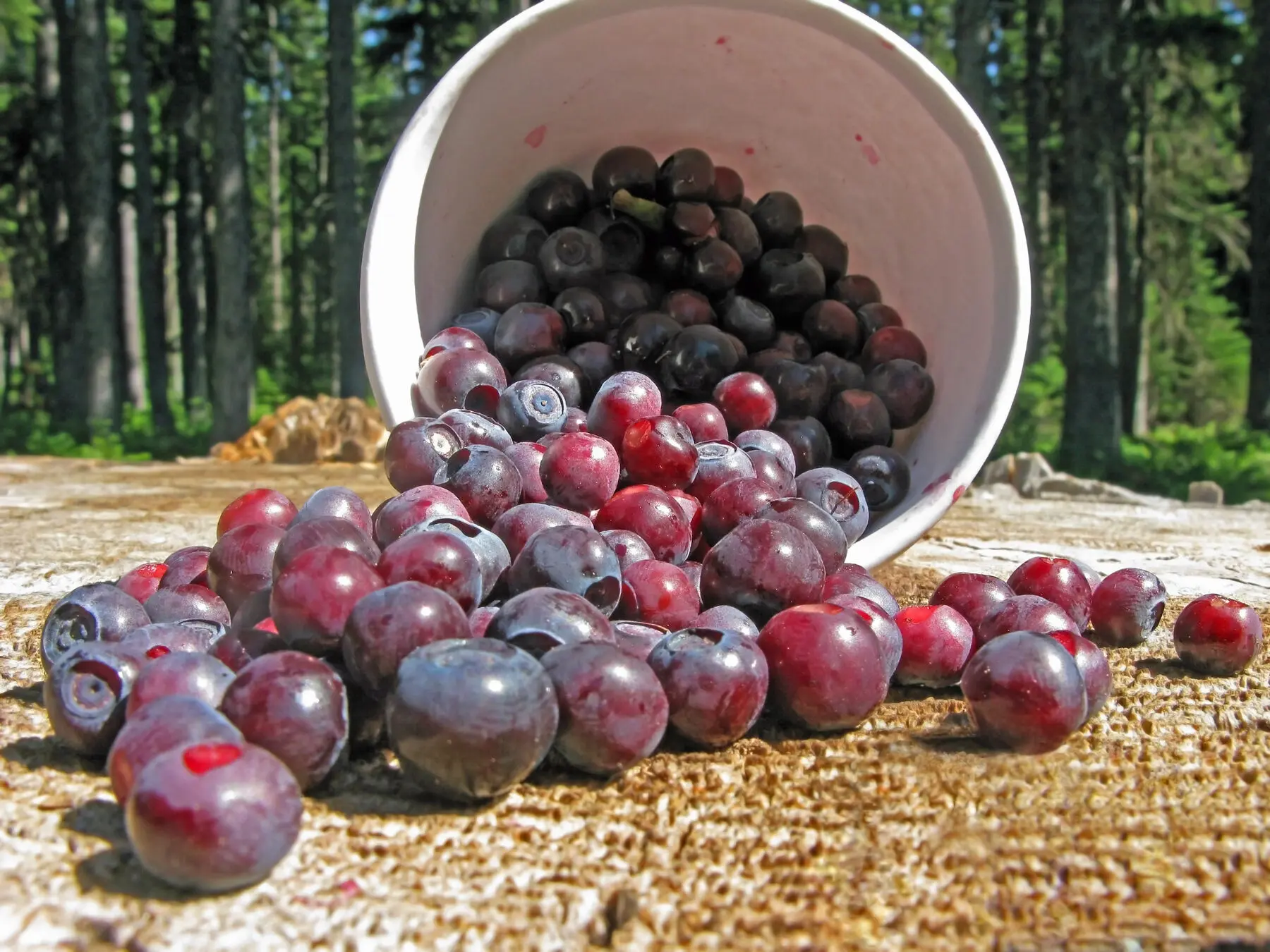By Erin Burnham
—
Dead, crunchy leaves. Pale and spindly foliage. Aphids … Does this describe your once-beautiful planters? If so, read on.
The sight of attractive seasonal planters makes me happy. It’s a little detail that adds curb appeal and a welcoming sense of autumn to a business or home, a touch that draws people in. A fall planter makeover doesn’t need to be a major project. With a few fresh plants and an energizing dose of plant food, you can make attractive, inviting foliage pots last until Halloween or even longer. To simplify things, doctor up one or two of your planters for fall and store the others out of view.
Uncover the Good Stuff
Take a good look at your existing summer planters. Pull out any dead, spent, or insect-infested plants. Upright accents, like grasses, can be left in place for a vertical presentation. (Remember: Grasses still look attractive through the fall, even if they’re brown and dead.) After that, trim overgrown trailing plants that have become long and spindly.
When designing my fall pots, I use a couple of hardy, durable plants, like grasses or perennials, for the “bones.” Blue fescue, ponytail grass, sedums, and heuchera are among my favorites for this purpose. Though they might not be as colorful and showy as flowers, they provide lasting structure through the months.
I also like to create contrasting colors and textures by using several different types of plants together. However, if you prefer a bold visual impact, try planting just one or two varieties in one planter. The growth rate of plants in the fall is slow, so it’s okay to pack new plants close together. And a one-time application of liquid fertilizer at planting time is sufficient.
Plant an Ornamental Veggie
This is the fun part.
Choose a selection of fresh plants to fill the void in your ensemble, and then plant them around your summer remains. Ornamental kale and cabbage (sometimes referred to as flowering kale and cabbage) are among my favorite autumn selections. The leaves are showy and colorful, and they grow in a rosette shape, like a big flower. The difference between the two ornamentals can be seen in their distinguishable leaves: Flowering cabbage has smooth, wavy leaf edges, whereas ornamental kale has frillier, ruffled edges. Leaves are typically green or purple with contrasting pink, white, or violet centers, adding a nice a boost of color and texture to your pots. As a bonus, in colder weather the colors intensify.
A benefit to using ornamental kale or cabbage is the plants’ size. They aren’t dainty little things! Certain varieties of ornamentals can grow to be 12 inches tall and wide. Keep this in mind when you’re planting, as these robust selections fill a planter easily, especially if you buy the 1-gallon size.
The care of both ornamental kale and cabbage is the same. They prefer well-drained soil and sunny spots, but can tolerate some shade. Water these leafy plants often enough so the soil around the plant feels damp to touch, but not sodden. They are generally care-free, but can get munched on by cabbage worms and aphids, so a periodic check for insects is a good idea (and a good practice with any planter, indoors or out). Remove leaves as they brown for an ongoing show of color.
Technically speaking, ornamental cabbage and kale are edible, but the taste is very bitter since they are bred for color and shape, not flavor. If you are looking for edible ornamental plants for your fall planter, try Tuscan kale or rainbow Swiss chard. Tuscan kale (also known as lacinato or dinosaur kale) boasts tall, skinny, deep-green leaves that are slightly crinkled. Rainbow Swiss chard has showy red, pink, orange, or yellow stems. The vivid colors extend into the veins of the leaves, making them interesting centerpieces.
Go Hardy
While you might think of pansies and violas as a spring flower, their cold-hardiness make them a great candidate for a fall planter. Pansies and violas add a pop of vivid color that combines nicely with ornamental kale and cabbage. And these beauties will tolerate a light freeze without flinching. Snip off the spent flowers for the best showing.
Sedums are one of the most versatile plants for fall, and they may even overwinter in your planter. You can choose tall, short, or trailing sedums, found in an array of colors with succulent foliage. Many sedums have late-summer blooms, too, that last well into fall. And the dried flower stalks are attractive in their own right and sturdy enough to endure a dusting of snow.
Mums, the most popular go-to, add instant pop to any planter. But, despite their beauty, mums are fussy and short-lived in our climate. Low light, cold temperatures, and wet foliage will speed their decline. Use them only for a short-term color boost or a one-time event like an open house or party.
Add Non-Living Elements
Not everything in your pots has to be alive. In fact, one final step to the makeover of a planter for fall is the addition of non-living elements (if it suits your style). I love tucking small pumpkins and gourds into my fall plants. Other appealing trimmings include antlers, mossy branches, twigs, feathers, or any other whimsical accent of your choice. These simple additions can give a seasonal display unique personality and flair.
Front porch charm doesn’t have to stop at the first snow, either. Around Thanksgiving, you can swap out fall plants for jumbo pinecones, faux berries, twigs, and evergreen branches. Add a string of lights—and voila! Your planter is ready for the holidays.
Fall is one the prettiest seasons in the Tetons, and an appealing planter kept fresh reflects our surrounding beauty. Stop into your local garden center for some quick edits at the turn of the season to make your planters look welcoming for many months.

